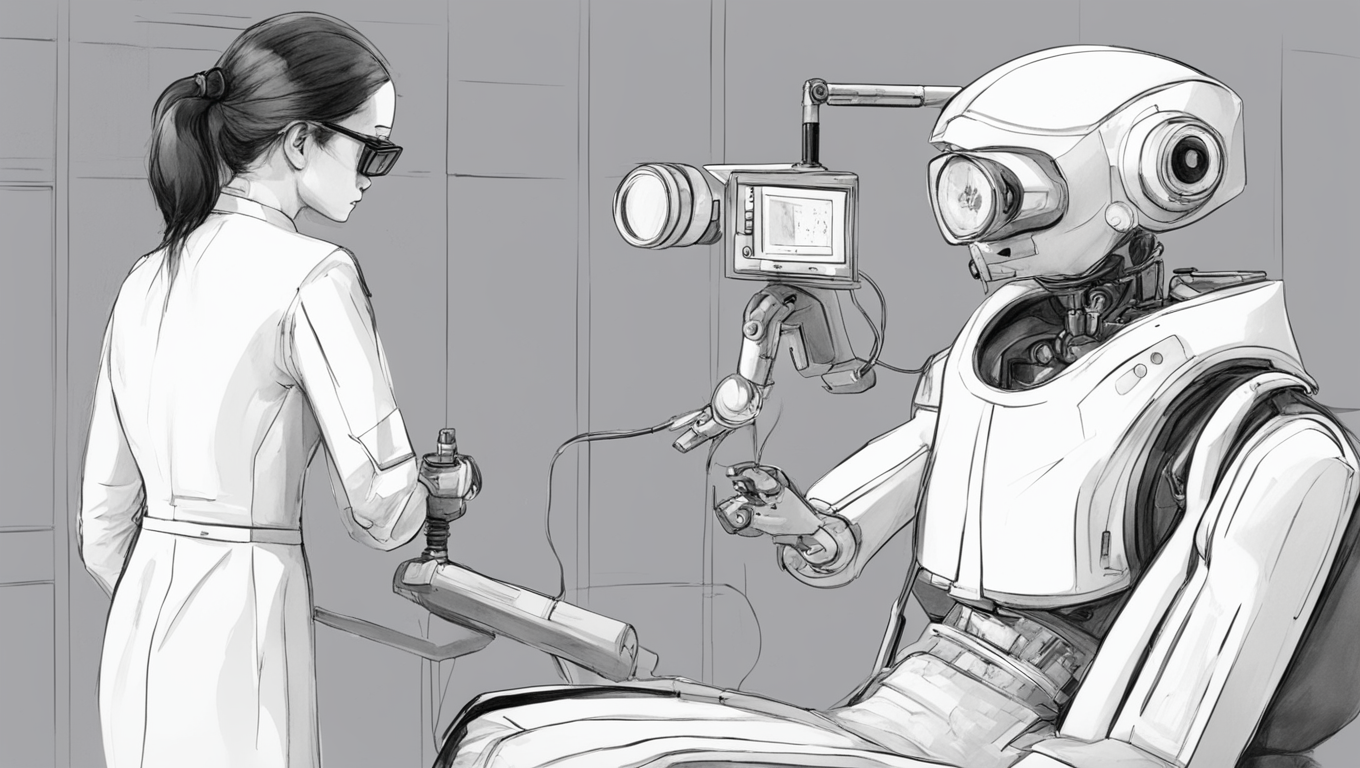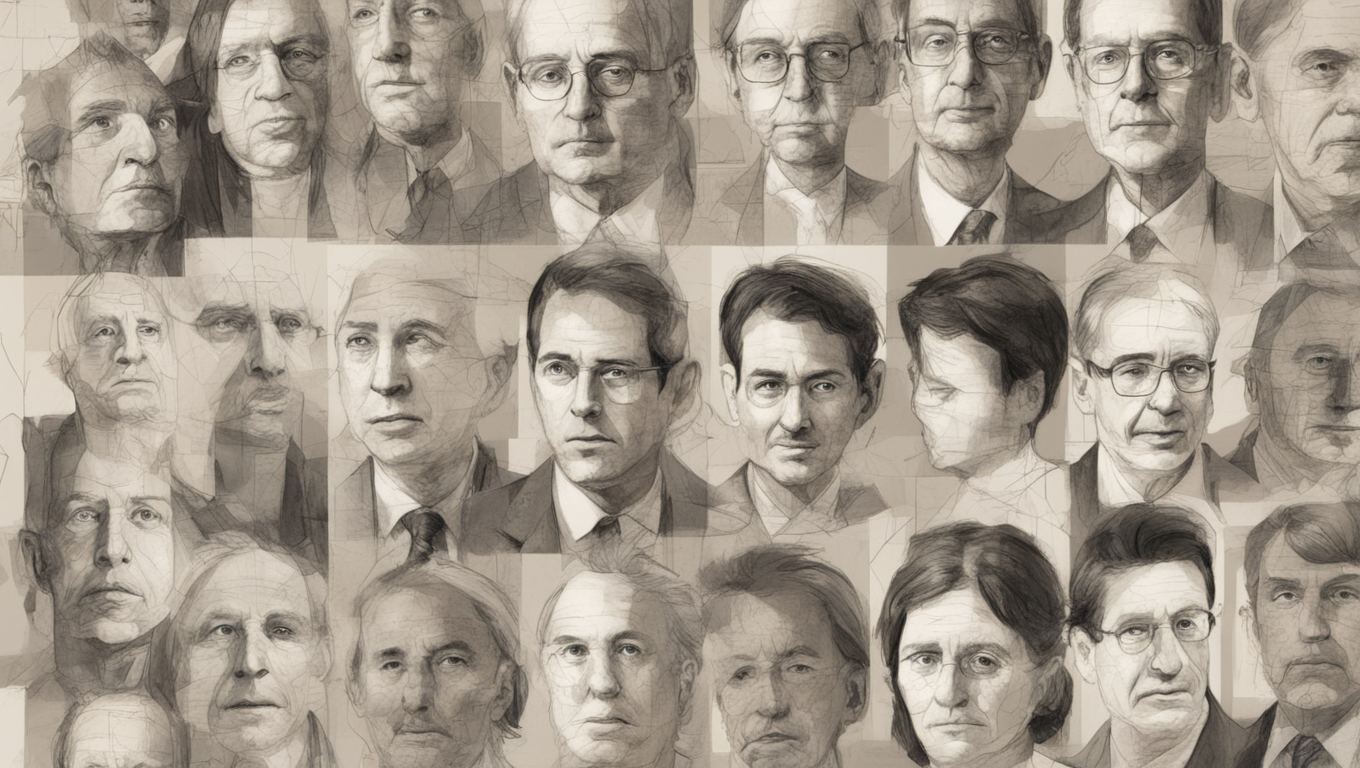Artificial Intelligence (AI) has once again demonstrated its remarkable capabilities, this time surpassing doctors in accurately diagnosing eye problems, according to new research conducted by scientists at the University of Cambridge. The study found that GPT-4, a cutting-edge AI language model, performed at a level comparable to expert eye doctors in assessing a series of patient scenarios involving specific eye issues.
In the study, GPT-4 was pitted against doctors at various stages of their careers, including junior doctors and trainee eye specialists. Each participant was presented with 87 patient scenarios and asked to provide a diagnosis or treatment advice by selecting from four options. GPT-4 outperformed unspecialised junior doctors and achieved similar scores to trainee and expert eye doctors, although the top-performing human doctors still scored higher.
While the researchers emphasize that large language models like GPT-4 are not meant to replace healthcare professionals, they believe that they have the potential to greatly enhance healthcare as part of the clinical workflow. The models could be particularly useful in well-controlled contexts such as triaging patients or in areas where access to specialist healthcare professionals is limited.
Dr. Arun Thirunavukarasu, the lead author of the study, highlighted the practical applications of AI in the field of eye care, stating, “We could realistically deploy AI in triaging patients with eye issues to decide which cases are emergencies that need to be seen by a specialist immediately, which can be seen by a GP, and which don’t need treatment.” Large language models like GPT-4 could provide valuable advice, diagnosis, and management suggestions in situations where prompt access to eye doctors is difficult.
Furthermore, the study’s focus on comparing AI’s abilities to those of practicing doctors sets it apart from previous research. Dr. Thirunavukarasu explains, “Doctors aren’t revising for exams for their whole career. We wanted to see how AI fared when pitted against the on-the-spot knowledge and abilities of practicing doctors, to provide a fair comparison.” This approach ensures a more realistic evaluation of AI’s performance in real-world clinical contexts.
The research team also acknowledged the need to understand the capabilities and limitations of commercially available AI models. Patients may already be utilizing these models for medical advice instead of turning to the internet. As such, it is crucial to assess these models and educate patients on their usage.
GPT-4 is part of the family of Generative Pre-trained Transformers (GPT), which are trained on vast datasets containing billions of words from articles, books, and various internet sources. GPT-4 is currently used to power ChatGPT, an online chatbot that provides tailored responses to human queries. In the field of medicine, ChatGPT has gained attention for achieving passing-level performance in medical school examinations and providing more accurate and empathetic answers to patient queries compared to human doctors.
The researchers noted that the development of large language models is advancing rapidly. Since the completion of the study, even more advanced models have been released, potentially bringing AI even closer to the level of expert eye doctors. This accelerated progress suggests that AI’s role in healthcare is poised for significant growth and impact.
While AI continues to push boundaries and demonstrate its potential in various domains, it is important to remember that the ultimate goal is to empower patients to make informed decisions about their healthcare. Dr. Thirunavukarasu affirms that “the most important thing is to empower patients to decide whether they want computer systems to be involved or not. That will be an individual decision for each patient to make.”
As large language models like GPT-4 continue to evolve and find their place in the healthcare field, their integration into the clinical workflow has the potential to greatly enhance patient care. By leveraging AI’s capabilities in triaging patients and providing accurate advice, diagnosis, and management suggestions, healthcare professionals may be able to allocate their time and resources more efficiently. As AI technology progresses, the future of healthcare looks increasingly promising and patient-centered.





Use the share button below if you liked it.